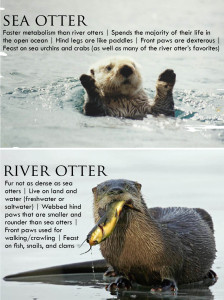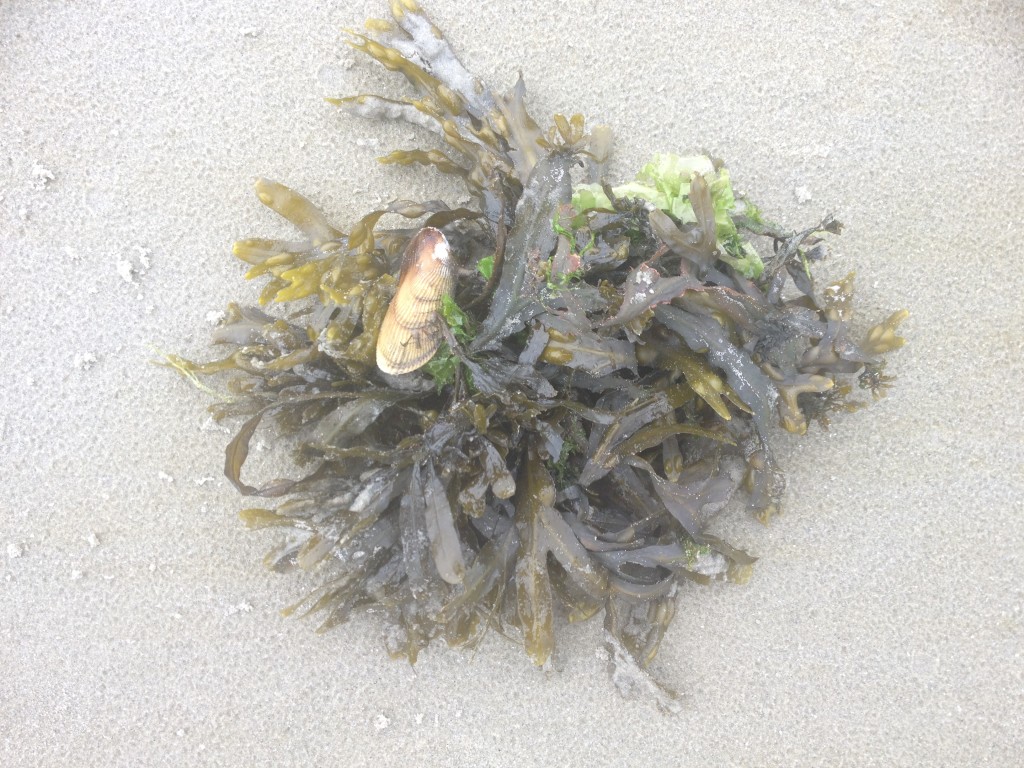The superstorm still affecting millions along the mid-Atlantic is a wake-up call. The damage due to flooding and fires is unmatched to any other storm in recent history. Experts say the event will not be an unfamiliar one in future decades due to an influx of people living along the coast and the impending sea level rise. As plans for restoring and rebuilding get underway, there needs to be recognition that some communities survived due to a stable dune plant community (“dunes”). For instance Avalon, North Wildwood, Harvey Cedars, Ship Bottom, Surf City, as well as my hometown of Stone Harbor were all spared a considerable amount of damage because their beaches have a healthy dune system or had recently been replenished. Even the City of Cape May with its concrete boardwalk ended up getting inundated with an influx of sand.
Should we rebuild the dunes?
The $38 billion dollar tourism industry in New Jersey relies heavily dunes to help maintain healthy and productive beaches. We know that we can rebuild the dunes and replenish the beach because we’ve done it before. City planners and municipal governments should recognize the value of dune plant communities and plan accordingly. It is striking a delicate balance of restoring for Memorial Day weekend 2013, as well as Memorial Day weekend 2113. According to Nash and Rogers, authors of The Dune Book, “dunes will not provide protection from seasonal beach fluctuation or long-term erosion”. They also noted the importance of rebuilding dunes as far landward as possible when challenged with a wide recovering area after a direct hit by a hurricane. However, there are issues to confront with this short-term solution (e.g., cost to taxpayers, property rights). I urge progressive municipalities to continue their innovation and begin doing assessments of the impacts of climate change and sea level rise to their towns, as well as the benefits of resilient design for beach front properties.
What are dunes?
As wind and waves from the sea come landward, sand is accumulated within dune grasses. Each dune plant community is distinct – even from moment to moment – sand is dynamic and the underestimated element of the earth. You may generally think of dunes as mountains of sand 12 feet tall covered in vegetation (e.g., brittle, whistling grasses or robust, waxy sea oats) that extend a quarter-mile from the nearest street to the volleyball court on the hot sand leading to the sea, but dunes can also be mountains of sand completely submerged by the ocean as Sylvia Earle discovered off the coast of the Bahamas. Dune grasses may look fragile; however their network of horizontal roots is strongly embedded deep within the beach terrain. Each buildup of sand creates a strong and more stable dune plant community. The sand build up typically runs parallel to the coastline.
What are the benefits to dunes?
The New Jersey Department of Environmental Protection is responsible for protecting and maintaining the dunes. Here are some of the reasons dunes are beneficial to Jersey shore communities:
- Dunes store sand that help diminish potential shoreline erosion.
- Dunes absorb the impact of storm surge and high waves.
- Dunes prevent water from flooding coastal towns.
- Dunes provide habitat and crucial nesting area for threatened and endangered species.
- Dunes create a relaxing backdrop to any beach.
- Dunes buffer the full force of the ocean and protect property.
What is the opposition to dunes?
One of the major concerns with replenishing beaches and rebuilding dunes is that it may not be the best long-term solution, especially as we attempt to mitigate the effects of the sea level rise. In 2001, the Intergovernmental Panel on Climate Change projected a sea level rise of 20 to 70 cm by 2100. All the while since 1986, the U.s. Army Corps of Engineers has paid $700 million to pump and dump sand on 54 miles of New Jersey coast – all to have it creep seaward an average of four feet. According to the Federal Emergency Management Agency, more than 85,000 U.S. coastal properties could fall into the sea in less than 50 years (2000 study). Not to mention this list of reasons dunes are looked upon as a hindrance:
- Dunes obstruct oceanfront views.
- Dunes make the walk to the sea a little longer.
- Dunes shrink the available space for the beach.
- Dunes tend to hamper an ocean breeze.
- Dunes hinder potential private access to the beach.
How can you get involved in rebuilding and restoring the Jersey shore?
It’s clear we have a long road ahead of us. The answer(s) will not be easy. I am looking forward to witnessing some courageous new perspectives on coastal city planning as we rebuild. In the meantime we can all do our part. Here are some ways you can participate in the efforts to help victims of Hurricane Sandy:
- Charitably: Make a donation to the American National Red Cross (Text REDCROSS to 90999).
- Fashionably: Spend $20 and purchase a “Unite and Rebuild” t-shirt from Jetty.
- Motivation-ally: Take a lesson from Shannon Caulfield and follow your heart to do your part. She connected with over 1,000 people on social media to organize beach clean-ups along the Jersey shore.
- Scientifically: Participate in a beach clean-up and track what marine debris you find.
- Athletically: Run a race of any distance this month and join the virtual race for Hurricane Sandy Recovery.
- Realistically: Make every effort to learn more. Check out this opportunity to educate yourself on local land use (i.e., understanding the balance of preservation and development) in south Jersey sponsored by WHYY.
Author’s note: I recognize that there was extensive damage in many mid-Atlantic states, not just New Jersey. However, due to my connection to the south Jersey environment I focused on the rebuilding and restoring efforts in that state.






















What people are saying …